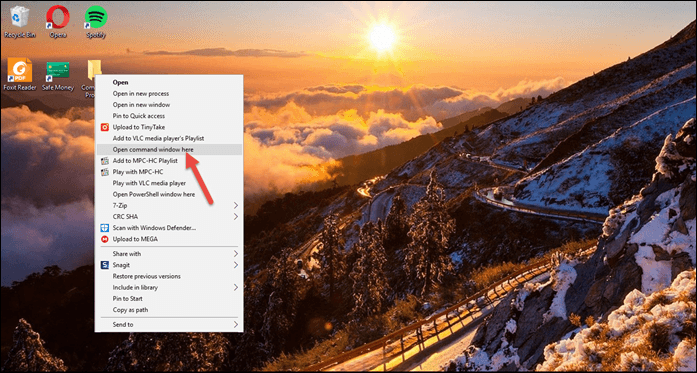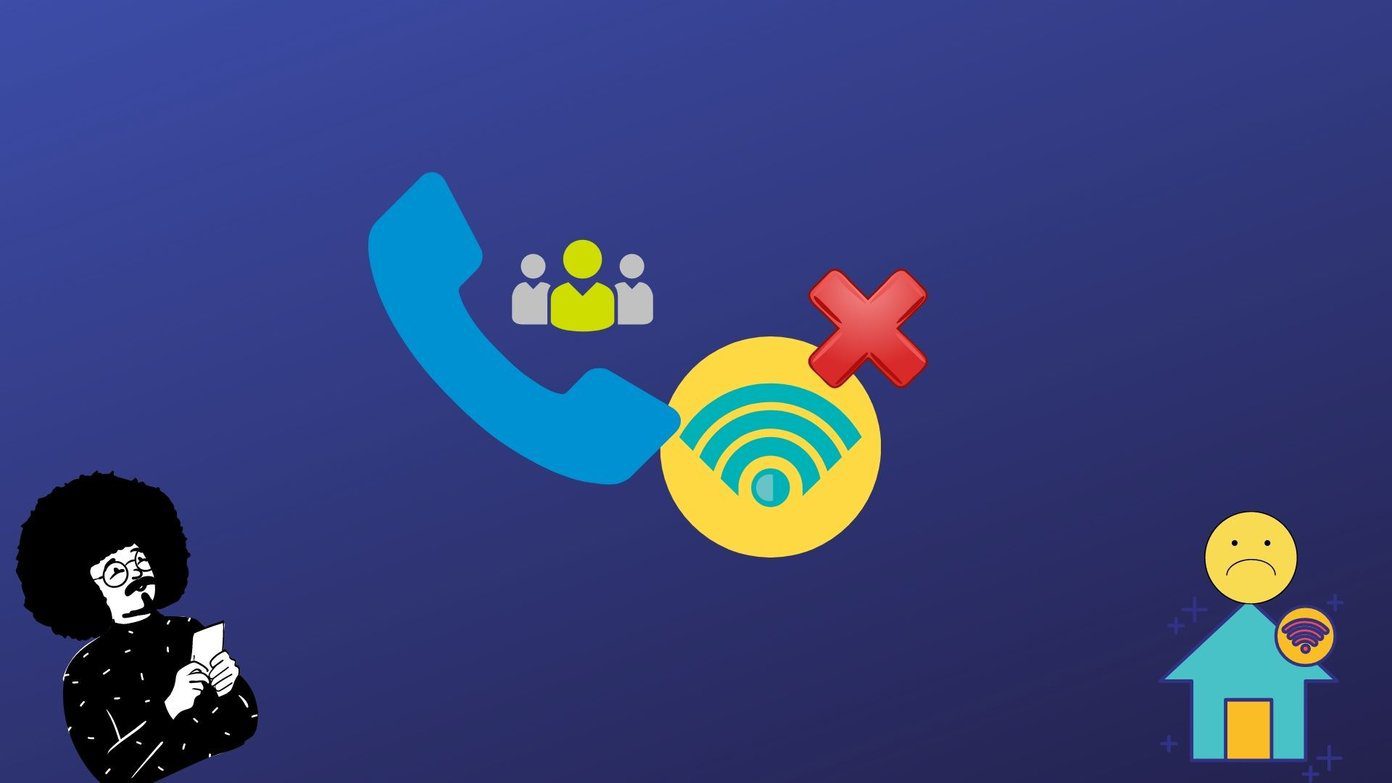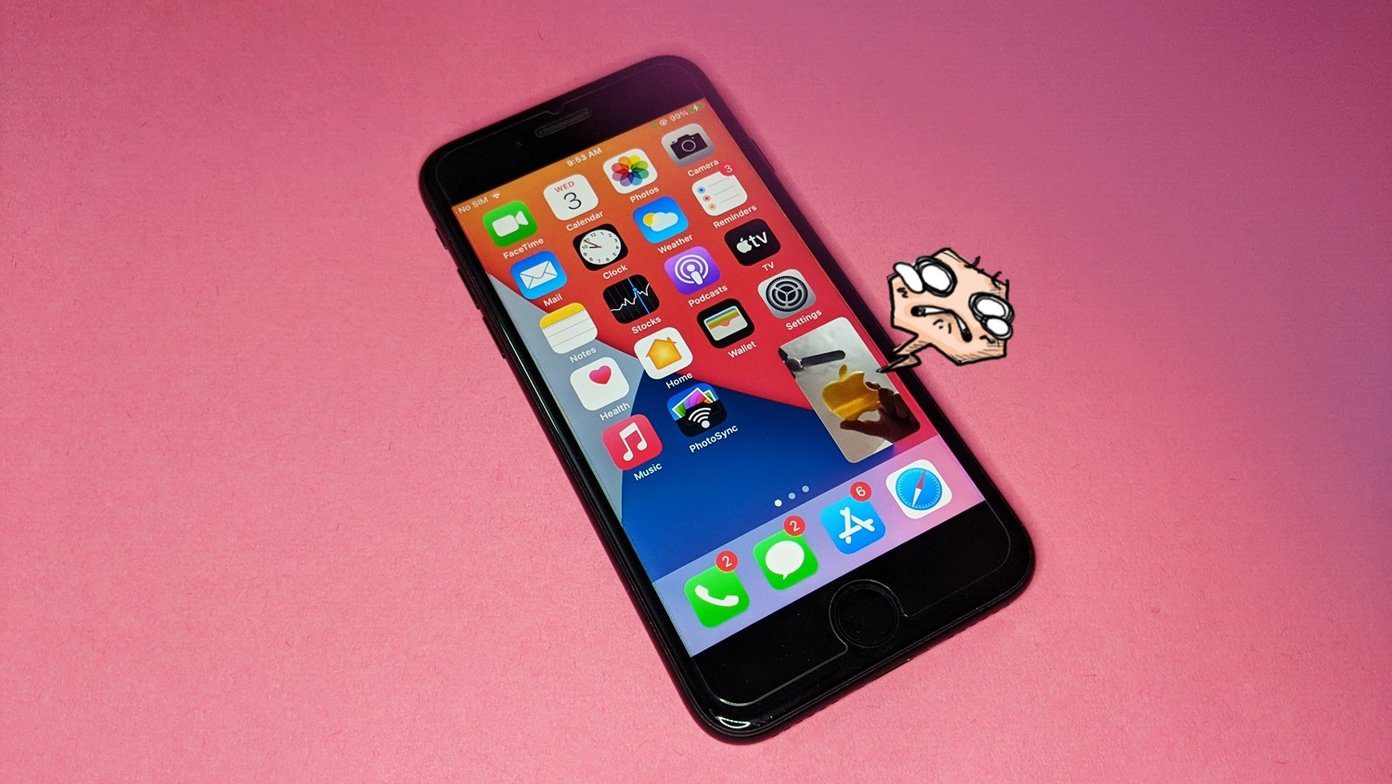They can’t create new files or folders on the desktop directly or access the display settings shortcut. Either the context menu fails to pop-up or they view a circular loading icon or an empty box. Yet others report that their desktop crash. Here are some steps you can take to remedy the situation. Let’s begin.
1. Switch Tablet Mode
The tablet mode is known to cause the context menu problems. It essentially changes the way you interact with your computer. Press Windows key+A to launch the Action Center and turn off Tablet Mode. There is no need to reboot. Just check if you can open the context menu again.
2. Restart Windows File Explorer
Step 1: Press Ctrl+Shift+Esc keys to open the Task Manager. Step 2: Find Windows Explorer under the Processes tab, right-click on it, and click on Restart. Note that all open windows and apps will close, so make sure to save all work before moving ahead.
3. Keyboard Shortcut
In a hurry? Troubleshooting errors can take a long time. You can open the context menu on any screen by pressing a keyboard shortcut. The key has a book-like icon and also looks like a rectangle with three vertical lines inside. It is usually placed to the right of the Spacebar key. Its position may differ based on the make and model of your keyboard/laptop. Note: Pretty much anything that you can do with the right-click context menu in Windows 10 can be done the long way. You can access display settings via Settings app, create new folders or files from the File Explorer, and so on. It’s just that these steps take longer, while the context menu makes it quick and easy.
4. Update Keyboard/Mouse Drivers
The mouse or keyboard triggers the contextual menu. Updating their drivers might help. Step 1: Search for and open the Device Manager from the Start menu. Step 2: Click on Keyboards first and find your keyboard name. Right-click on it to select Update driver. Step 3: Repeat the same process for mouse under the Mice and other pointing devices heading. Reinstalling the driver also helps. Again, check the above link for more info.
5. Check the Mouse
How old is your mouse? Maybe it is time to get a new one? Connect the mouse to another laptop or computer to check if it is working correctly. Can you open the context menu on another Windows 10 computer? That will help narrow down potential issues. You can also check your mouse and keyboard by plugging them into a different USB port on the same PC to rule out the possibility that there is something wrong with the hardware.
6. Power Management Setting
It’s quite possible that a Power Management setting is causing trouble with the USB devices. Step 1: Open the Device Manager again and double-click on Universal Serial Bus controller to find USB Root Hub. Right-click on it to select Properties. Step 2: Under the Power Management tab, uncheck ‘Allow the computer to turn off this device to save power’ option and save settings. Do you see more USB Root Hub entries? Repeat the same steps for all of them.
6. Group Policy Editor
At times, some nasty malware might turn off the context menu from the Group Policy. Here’s how to fix it. Step 1: Search for and open Group Policy Editor on your computer. It is available to Windows Pro users only. Step 2: Drill down to the folder structure below. Step 3: Double-click on ‘Remove File Explorer’s default context menu’ file to launch it, select Disabled here, and save.
7. Run DISM Command
These commands will find and repair corrupt system files that could have broken the right-click context menu on your computer. Step 1: Open Command Prompt or PowerShell from the Start menu with admin rights. Step 2: Give the commands below one at a time. Step 3: Reboot your Windows 10 computer again and check if the context menu is launching now or not.
8. HP Users
HP computer users should look at the following thread where one user was able to fix the context menu not working error. His screen was going black every time he right-clicked on the desktop. Drill down to the folder structure below. Rename the PdiShellExt.dll file to PdiShellExt.old and save. Don’t delete the file. Reboot the computer.
9. Scan for Virus and Malware
A malware or virus could be breaking critical functionalities on your computer, including the context menu. Perform a full scan using your favorite antivirus or Windows Defender and also run Malwarebytes. There is a difference between viruses and malware, and not all antivirus apps are capable of catching them. Download Malwarebytes
On Your Right
The right-click context menu is a small feature but you realize its importance only when it goes missing. Now, you can’t perform daily functions or access your favorite shortcuts that you so relied on. Of course, as noted earlier, there are other ways to do the same things that you did with the context menu. It’s just that they take way more time and can quickly become a chore. That’s why you need to check our solutions and solve that error. If any other way worked for you, share it in the comments below. Next up: The right-click context menu on Windows 10 pops up alright but it is slow as hell. We figured out ways to fix that too. Click on the link below learn how you can make the context menu snappy again. The above article may contain affiliate links which help support Guiding Tech. However, it does not affect our editorial integrity. The content remains unbiased and authentic.



















